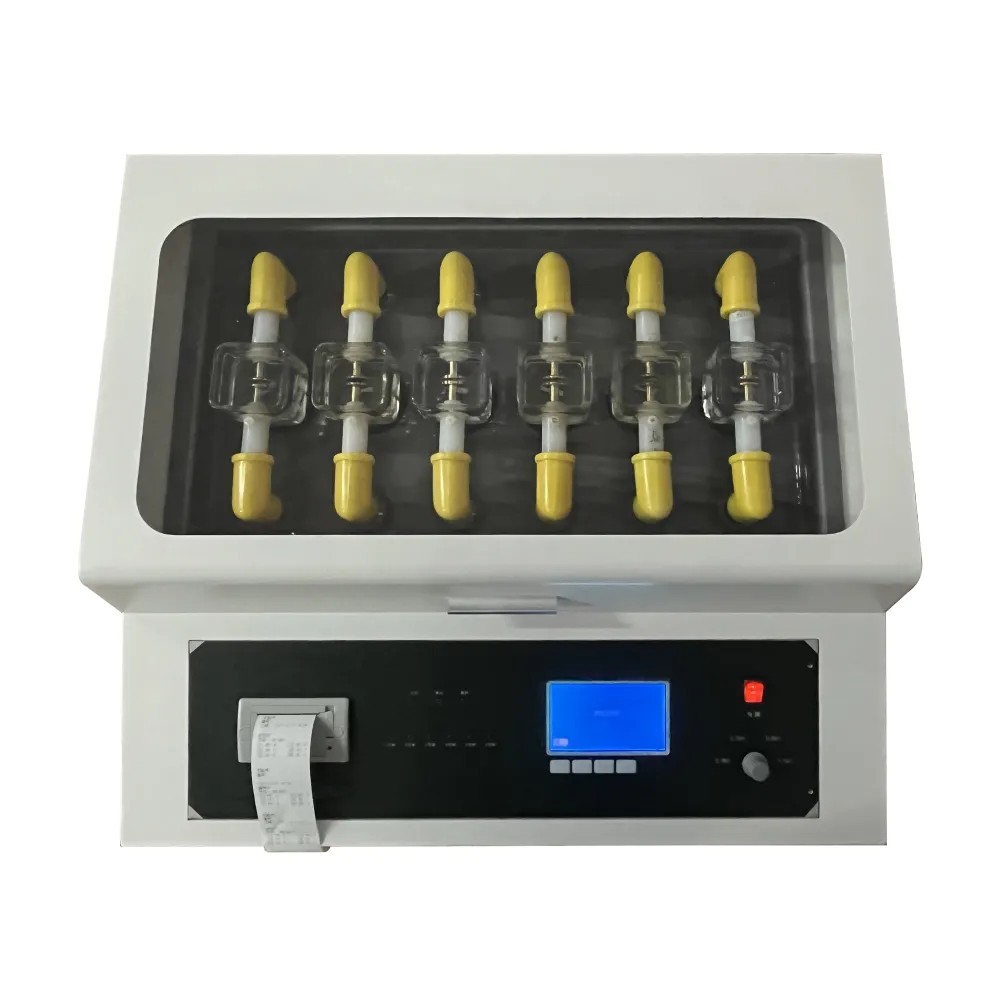 English
English


insulation power factor test
Understanding Insulation Power Factor Testing
Insulation power factor testing is a vital procedure used by engineers and technicians to evaluate the condition and performance of electrical insulation systems, particularly in high-voltage applications. This test plays a crucial role in predictive maintenance, helping to identify potential insulation failures before they lead to catastrophic equipment breakdowns.
What is Power Factor?
At its core, the power factor is a measure of how effectively electrical power is being converted into useful work output. In the context of insulation, the power factor quantifies the leakage of current through the insulation material. A lower power factor indicates better insulation performance, while a higher power factor can signal potential issues such as moisture ingress or deterioration of the insulation material.
Importance of Insulation Power Factor Testing
The primary objective of insulation power factor testing is to ensure the reliability and safety of electrical systems. Over time, insulation can degrade due to various factors such as temperature fluctuations, humidity, chemical exposure, and mechanical stresses. By regularly conducting power factor tests, facility managers and maintenance teams can monitor the integrity of their insulation systems, enabling them to take proactive measures to mitigate risks.
This testing also helps in compliance with safety standards and regulations
. Many industries are required to adhere to strict guidelines regarding electrical equipment maintenance and safety, making insulation power factor testing an essential practice for meeting these regulations.The Testing Process
insulation power factor test

Insulation power factor testing typically involves the use of a specialized instrument called a power factor tester. This device applies a high-voltage AC signal to the insulation, measuring the current that flows through the insulation as well as the power factor. The test is usually performed under controlled conditions to minimize external influences.
During the test, technicians will evaluate both the insulation resistance and the power factor. Insulation resistance gives a quantitative measure of the insulating material’s effectiveness, while the power factor provides insight into the quality of the insulation. The results are usually documented and compared against baseline values or industry standards to determine if the insulation is functioning properly.
Interpreting the Results
The interpretation of power factor test results requires a thorough understanding of the specific electrical system being tested, as well as knowledge of the expected performance standards. Typically, a power factor below 0.5% is considered acceptable, indicating that the insulation is in good condition. Conversely, a power factor above 1% may suggest potential insulation issues that warrant further investigation.
It is also crucial to consider the trend of the test results over time. A gradual increase in the power factor ratio may indicate that insulation is deteriorating, even if the value remains below the alarm threshold. Monitoring trends allows for early intervention and helps in planning maintenance activities effectively.
Conclusion
Insulation power factor testing is a critical component of electrical maintenance programs. It provides invaluable information about the health and performance of insulation systems, allowing stakeholders to make informed decisions regarding equipment management and safety protocols. By incorporating regular power factor testing into maintenance schedules, organizations can significantly reduce the risks of equipment failure, ensuring both operational efficiency and safety.
In summary, understanding insulation power factor testing and integrating it into routine maintenance not only preserves the integrity of electrical systems but also contributes to a safer working environment. As technology advances, so does the effectiveness of these tests, paving the way for smarter, more reliable electrical infrastructure.
-
Differences between open cup flash point tester and closed cup flash point testerNewsOct.31,2024
-
The Reliable Load Tap ChangerNewsOct.23,2024
-
The Essential Guide to Hipot TestersNewsOct.23,2024
-
The Digital Insulation TesterNewsOct.23,2024
-
The Best Earth Loop Impedance Tester for SaleNewsOct.23,2024
-
Tan Delta Tester--The Essential Tool for Electrical Insulation TestingNewsOct.23,2024





